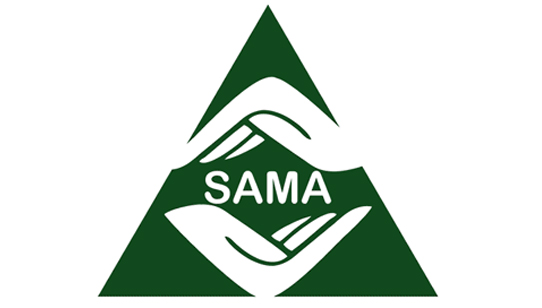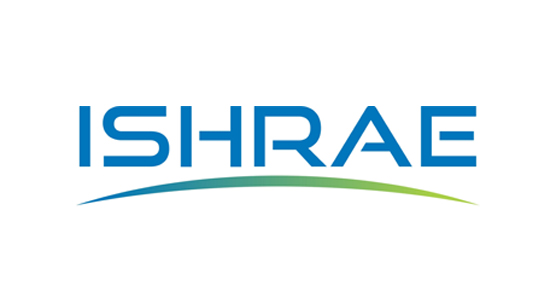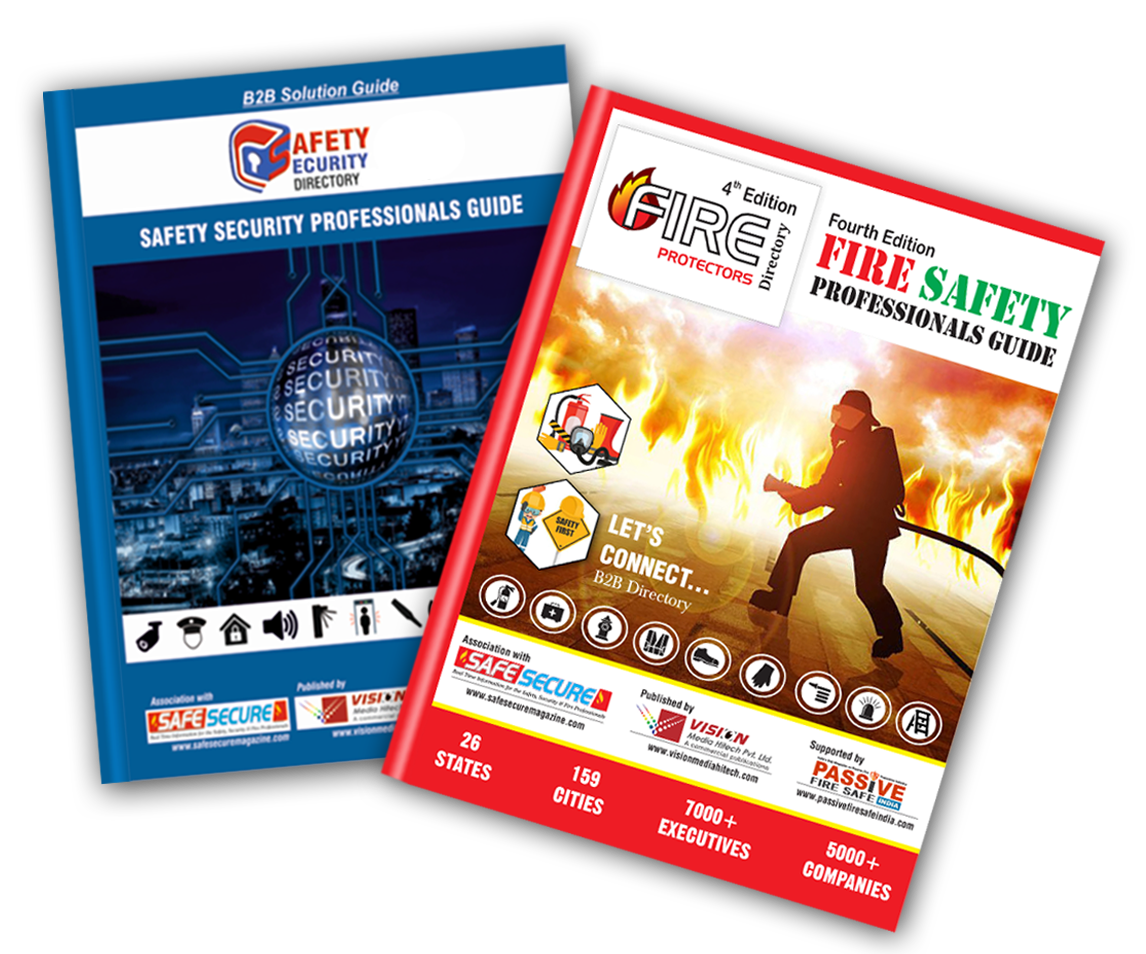Collaboration & Communication: Essentials for Workplace Safety

Success in the workplace cannot be achieved without effective collaboration and communication.
In the workplace, particularly on work sites and in active, dynamic work environments, effective collaboration promotes an effective safety culture.
Building an effective workplace safety culture relies on effective collaboration and communication. Through this post, you will get essential information to build a strong safety culture in your workplace.
How to Build Collaboration in the Workplace
Regular Meetings
Meeting employees may be old but remains one of the strongest ways to build collaboration among workers for better safety.
Having interactive in-person or online meeting sessions with your employees helps boost workplace collaboration in many respects.
Employers can use this medium to mould a healthy, efficient safety culture among employees.
Goal Setting
Setting targets is not restricted to improving a company's turnover alone.
Employers can also set organizational goals focused on enhancing safety for workers, visitors, and customers.
It is important for managers to let their employees know what roles they need to play in improving workplace safety.
When employees remain committed to safety goals, team efforts towards reducing accidents and preventing contact with hazards get a boost.
How to Boost Effective Communication towards Improving
Workplace Safety
While it seems easy enough to say "we have to communicate better!" … just how are we supposed to do that, exactly?
While there's no one "right" way to communicate in the workplace, we've all seen some "wrong" ways at one time or another.
If your workplace is the type where poor communication or lack of communication can literally result in a life-or-death situation, or something close to that, there is no margin for error when it comes to communication and collaboration.
Providing Avenues for Critical Feedback
During operations, the situation may occur where some staff members ignore established safety procedures while completing tasks.
Ignoring safety protocols often leads to workplace accidents.
Employers need to provide a platform for employees to caution co-workers engaging in risky workplace behaviours.
Even if this approach isn't an out-and-out communication strategy, it helps get critical safety messages across to employees.
Engaging Emphatic Communication During Meetings
Four communication styles can be used to pass messages across in the workplace:
- • dominant
- • passive
- • passive-aggressive
- • empathetic
Only the empathetic communication style can help in effectively increasing workplace safety culture.
Empathetic communication improves interpersonal relationships among co-workers, boosting collaboration potential as a result.
Employers should present workplace safety protocols to workers in an empathetic manner. Workers tend to adhere to safety protocols better when the messages passed along are not commanding or care-free in tone.
Benefits of Collaboration and Communication to Workplace Safety
Improves Teamwork During Operations
Day-to-day operations run smoothly when every team member knows what their duties and responsibilities are.
Building effective collaboration and communication among employees improves output and limits chances of accidents.
Boosts Time Management Potential
More time spent on tasks increases the likelihood of an accident occurring.
Effective collaboration and communication amongst employees gets tasks completed on time and limits chances of workplace accidents.





.png)







